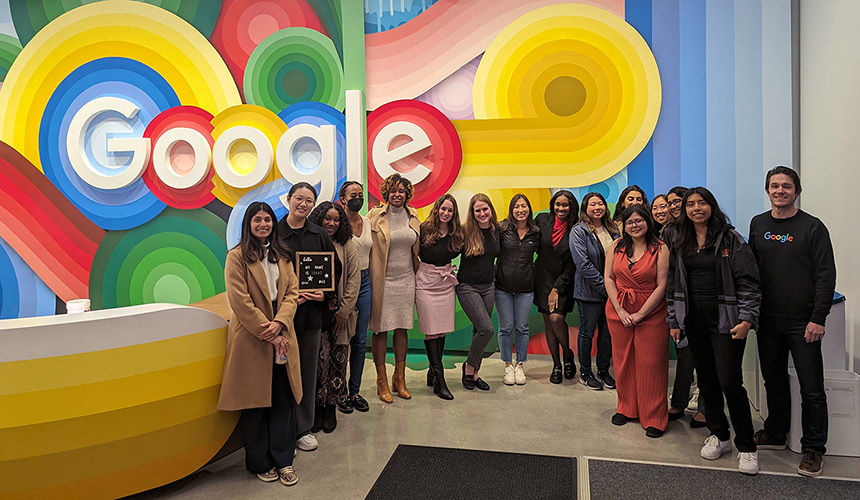World
A century later, Black soldiers get the recognition they never got after World War I – WTOP News
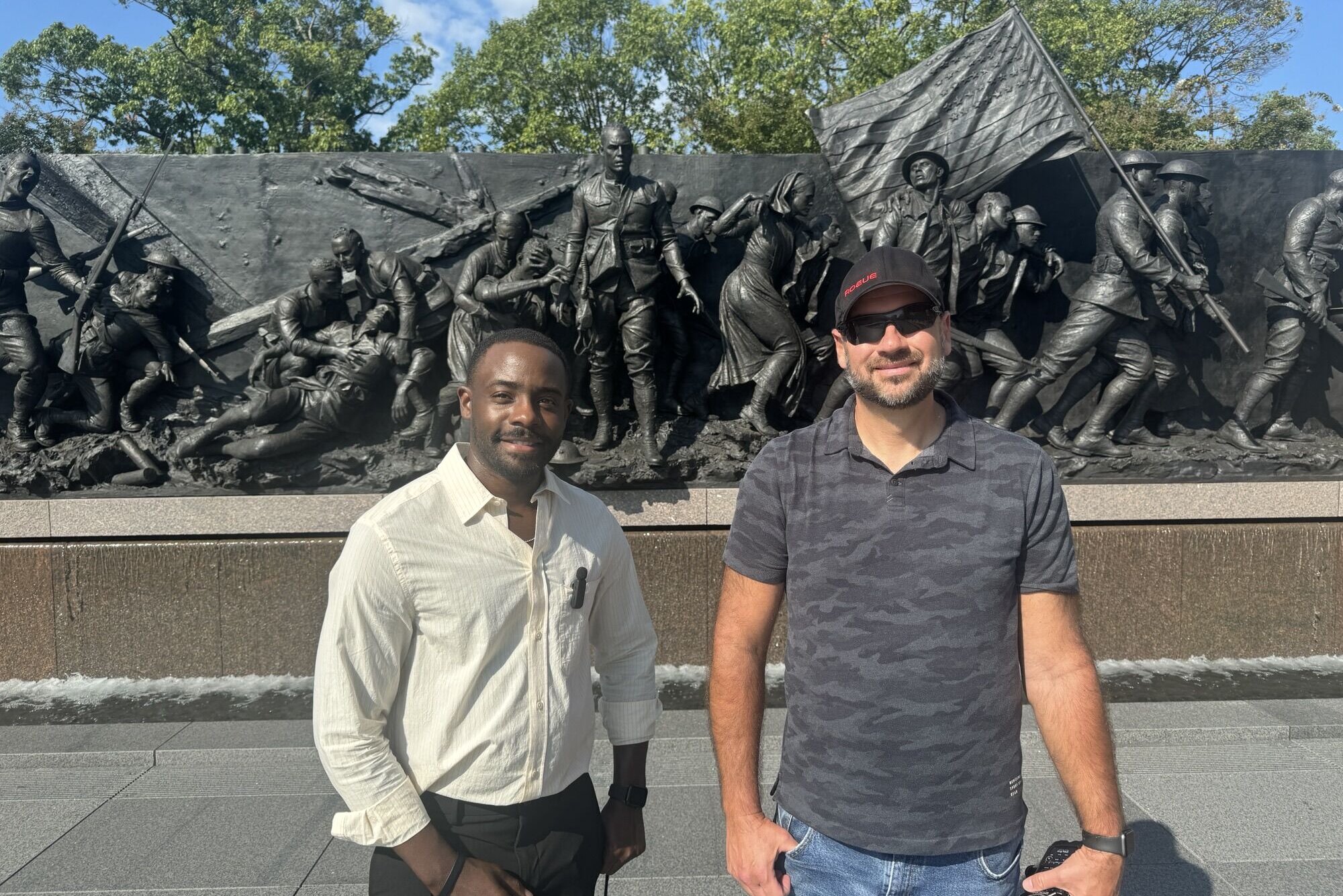
The new World War I Memorial in D.C. has a sculpture wall that honors the contributions of Black soldiers, who rarely were acknowledged when they were alive.
This page contains a video which is being blocked by your ad blocker.
In order to view the video you must disable your ad blocker.
A century later, Black soldiers get the recognition they never got after World War I
When Black soldiers like those who were part of what became known as the Harlem Hellfighters returned home from World War I, their efforts were dismissed and the honors that were due to them never came. However, that would eventually change over time, though in most cases it all came far too late.
While those wrongs can never be righted, the new World War I Memorial in D.C. intentionally makes an effort to acknowledge their contributions.
“They had to deal with a lot of racism, had to deal with a lot of classism,” said Rory Clarke, an actor who lives in Odenton, Maryland, who has told several stories about members of the Harlem Hellfighters.
He also helped model some of the sculpture work that makes up the centerpiece of the memorial.
“You’re going to fight for a country that doesn’t necessarily look at you as equal,” Clarke said.
Clarke is currently working on a short film about a man named Henry Johnson, whose efforts saving another soldier and repelling a German attack while stationed in France led the Germans to dub him “black death” on the battlefield. Upon his return, President Theodore Roosevelt called him one of the five bravest soldiers in World War I. But the Army never recognized his exploits and he died at the age of 32.
“He joined the Army to show that equality, to show that loyalty to his country,” said Clarke. “In doing so, they did it with hope, with hope for a better nation, for a better future.”
Walking along the memorial you can see Black soldiers serving them with white ones, holding each other up and charging ahead in bravery.
“It’s been a great honor to help represent soldiers of our country and just their involvement in World War I, and how we became victors,” said Clarke. “We show our valor in through that experience.”
To have that represented on the wall is deeply meaningful.
“America was built on togetherness. Our country is built on so many different backgrounds,” said Clarke. “Being able to celebrate the others now … I’m grateful to be a part of that.
“It means that we are being identified, we’re being celebrated,” he added. “They’re saying, ‘Hey, you and your contribution is what is associated with us in making sure that everything is great.’”
(Courtesy Rory Clarke)
Courtesy Rory Clarke
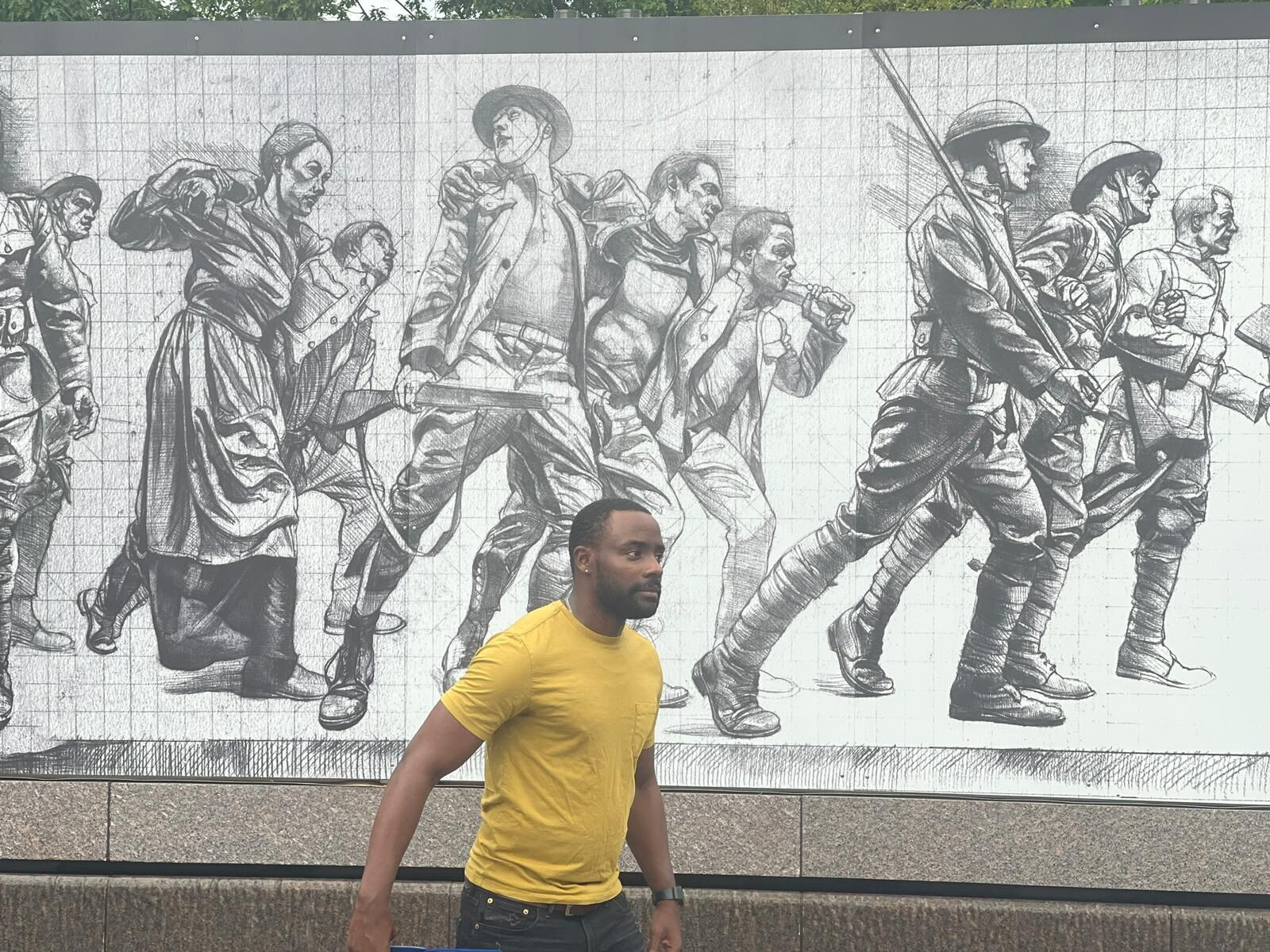
(Courtesy Rory Clarke)
Courtesy Rory Clarke
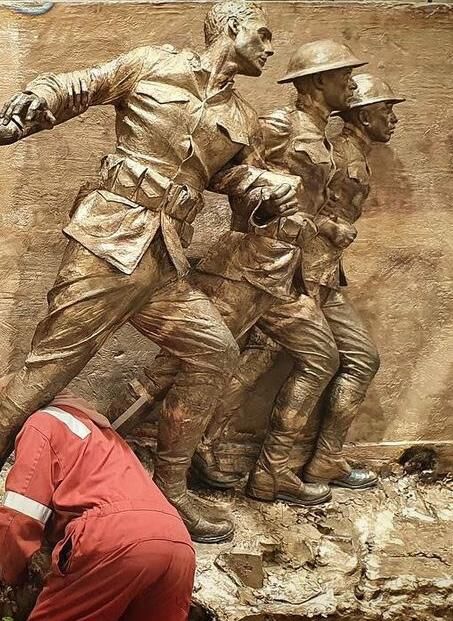
(Courtesy Rory Clarke)
Courtesy Rory Clarke
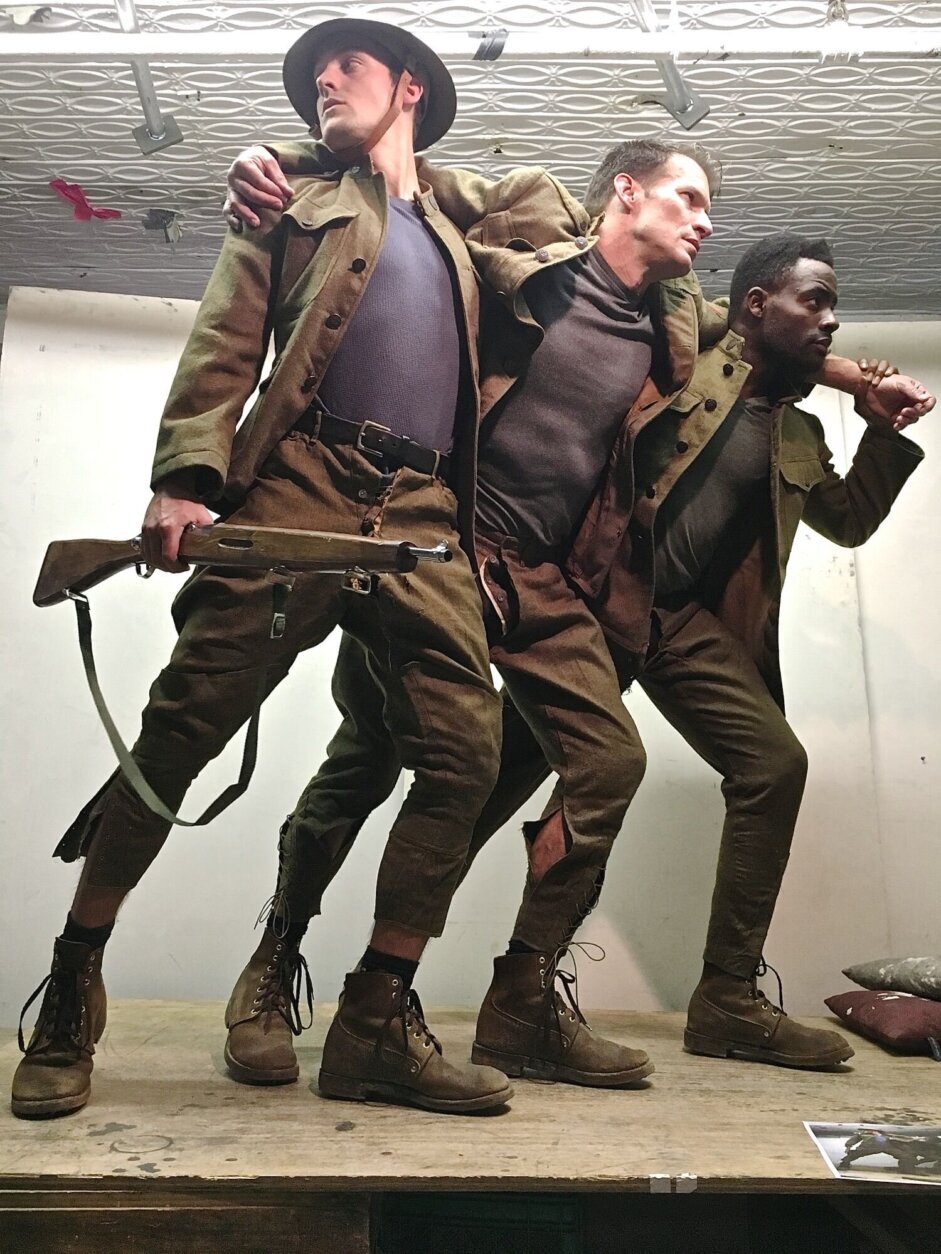
(Courtesy Rory Clarke)
Courtesy Rory Clarke
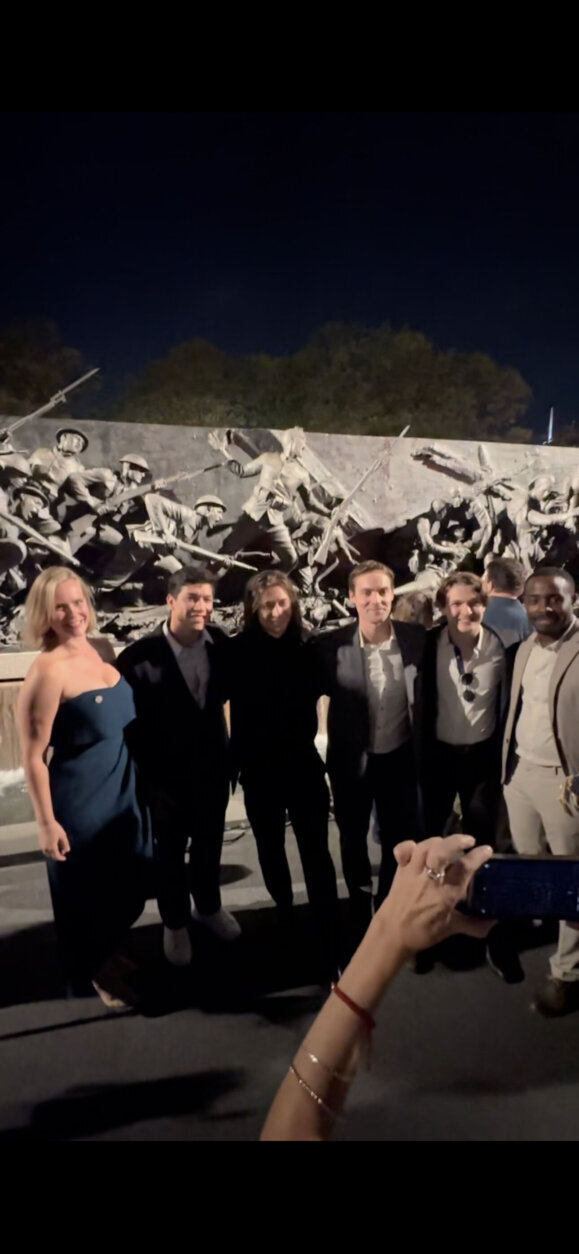
(Courtesy Rory Clarke)
Courtesy Rory Clarke
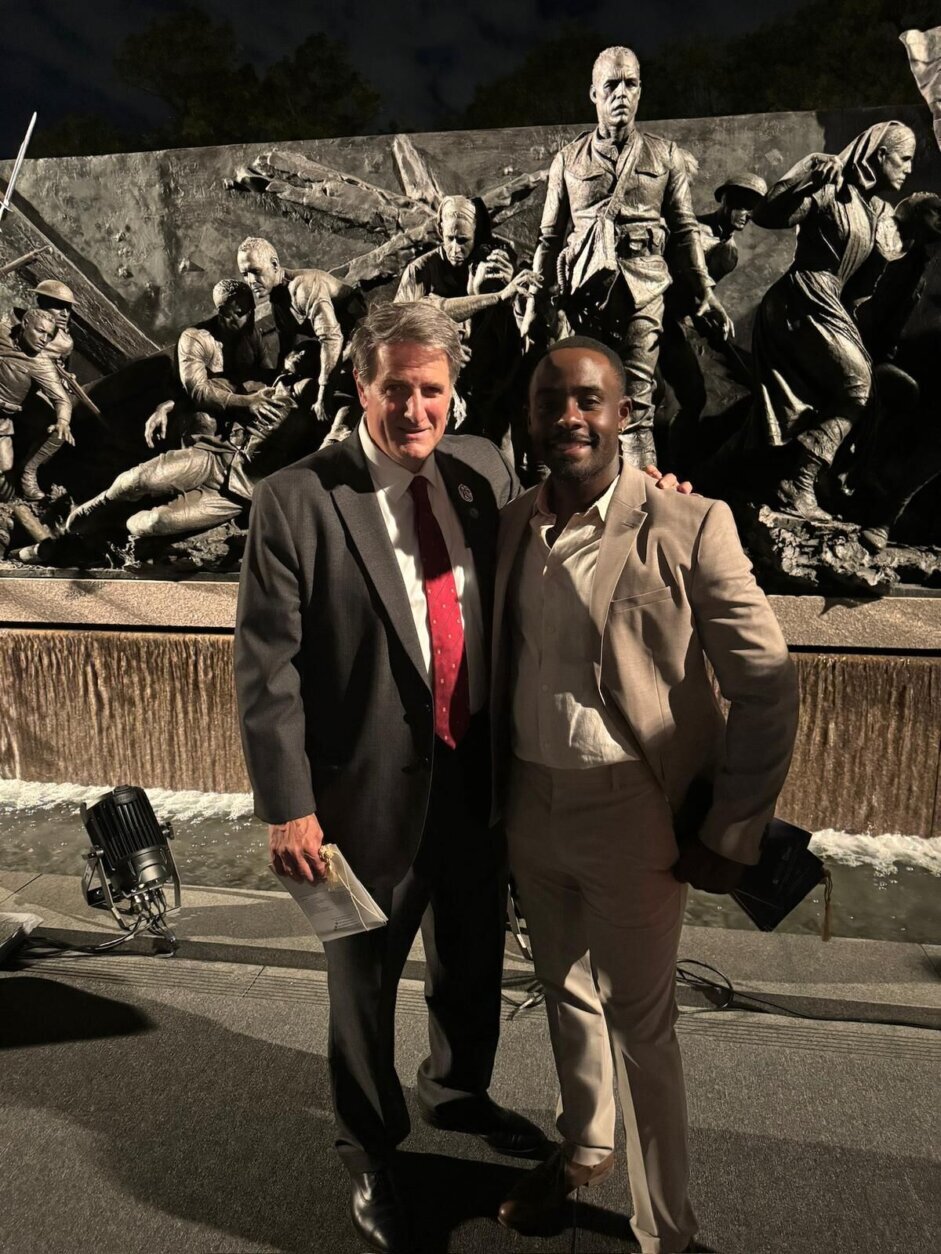
(Courtesy Rory Clarke)
Courtesy Rory Clarke
Get breaking news and daily headlines delivered to your email inbox by signing up here.
© 2024 WTOP. All Rights Reserved. This website is not intended for users located within the European Economic Area.



/cdn.vox-cdn.com/uploads/chorus_asset/file/24435784/tokyostrava.jpg)





